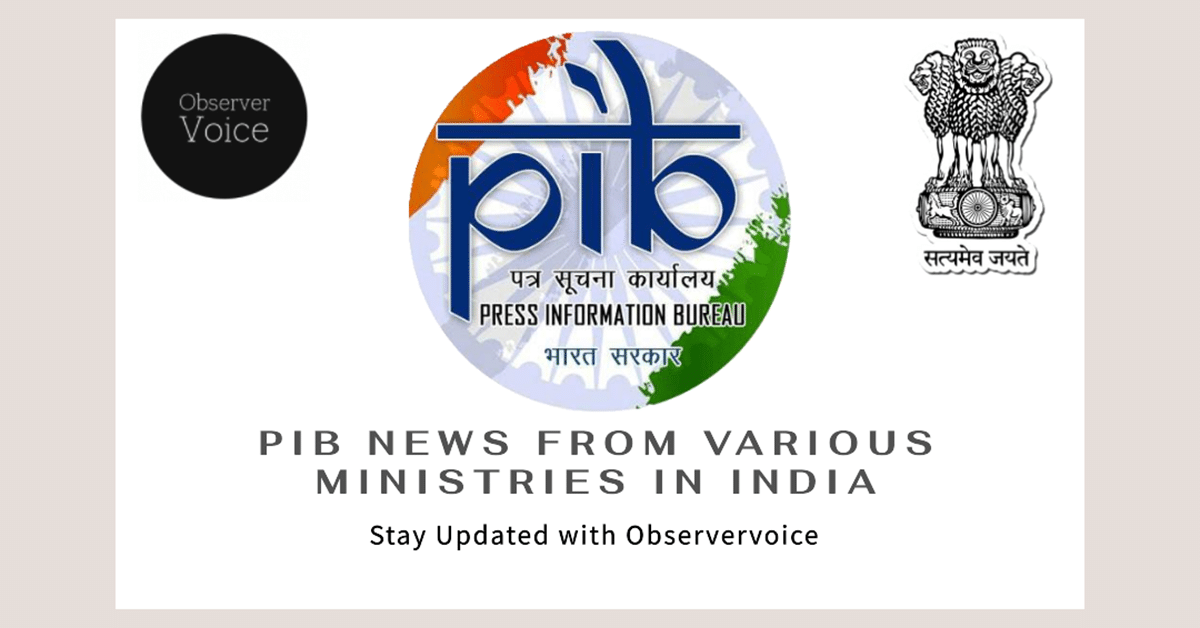TRAI’s Recommendations for Indian Railways’ Spectrum Needs

The Telecom Regulatory Authority of India (TRAI) has recently released important recommendations regarding the assignment of additional spectrum to Indian Railways. This initiative aims to enhance the safety and security applications of the railway network across the country. The Department of Telecommunications (DoT) had previously informed TRAI that Indian Railways requested an additional 5 MHz of paired spectrum in the 700 MHz band, free of charge. This request is part of a broader effort to improve the safety and security systems of Indian Railways.
Background of the Spectrum Request
On July 26, 2023, the DoT reached out to TRAI, highlighting Indian Railways’ need for additional spectrum. The request was based on earlier recommendations made by TRAI on October 25, 2019, and subsequent recommendations regarding the National Capital Region Transport Corporation (NCRTC) on December 28, 2022. The DoT asked TRAI to evaluate the feasibility of assigning this additional spectrum while considering the efficient utilization of resources.
TRAI was tasked with examining several key aspects. These included the assignment of the requested 5 MHz of spectrum, the potential for spectrum sharing among Indian Railways, NCRTC, and other metro networks, and the establishment of a uniform spectrum valuation methodology. TRAI also sought to gather comments from stakeholders through a consultation paper issued on February 7, 2024. The deadline for stakeholders to submit their feedback was March 6, 2024, with counter-comments due by March 20, 2024. Following this, an open house discussion was held virtually on May 3, 2024, to further explore the topic.
Key Recommendations from TRAI
After analyzing the feedback from stakeholders and conducting its own assessment, TRAI finalized its recommendations. One of the primary suggestions is to assign an additional 5 MHz of paired frequency spectrum in the 700 MHz band to Indian Railways. This spectrum will be used specifically for safety and security applications along railway tracks. The recommendations emphasize the importance of this spectrum for the effective functioning of Indian Railways.
Furthermore, TRAI urged the DoT to expedite the decision-making process regarding the feasibility of radio access network (RAN) sharing. A field trial involving Indian Railways and NCRTC is recommended to assess the practicality of RAN sharing through a multi-operator core network (MOCN). The outcome of this trial will be crucial in determining whether RAN sharing can be implemented in overlapping areas among Indian Railways, NCRTC, and other metro rail networks.
Spectrum Charges and Harmonization
In addition to the assignment of spectrum, TRAI has proposed specific terms for the frequency spectrum assignment. If the field trial confirms the feasibility of RAN sharing, Indian Railways will be required to implement this sharing in overlapping areas with NCRTC and other metro networks. The guidelines issued by the DoT will govern this process.
Moreover, TRAI has recommended that spectrum harmonization be conducted to ensure a contiguous block of 10 MHz of frequency spectrum is assigned to Indian Railways, with an adjacent 5 MHz block allocated to NCRTC and other metro networks. This approach aims to minimize disruption to existing networks while maximizing the efficient use of spectrum resources.
Finally, TRAI has suggested that spectrum charges for Indian Railways, NCRTC, and other metro networks should be based on a formula for Royalty Charges and License Fees for captive use, as outlined by the DoT. This structured approach to spectrum management is expected to enhance the safety and security of railway operations across India.
Observer Voice is the one stop site for National, International news, Sports, Editor’s Choice, Art/culture contents, Quotes and much more. We also cover historical contents. Historical contents includes World History, Indian History, and what happened today. The website also covers Entertainment across the India and World.
Follow Us on Twitter, Instagram, Facebook, & LinkedIn

